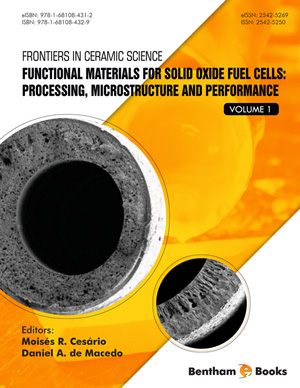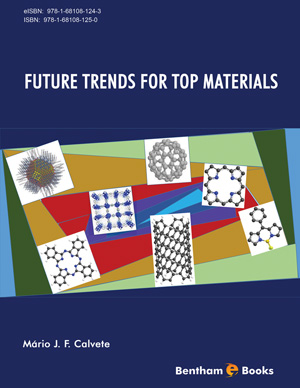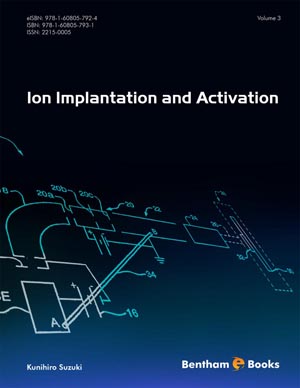Abstract
Physical processes that govern gasar structure formation include: heat transfer, gas diffusion in melt and solid, gas phase nucleation, and pore evolution. Heat transfer in the ingot (liquid and solid part) defines the solidification velocity, which in turn determinates gas concentration on the solid/liquid interface. This velocity is a component that also determinates the roughness of the interface. Greater roughness means more sites for gas phase nucleation. Gas diffusion in the liquid metal defines gas concentration ahead of the solidification front. Gas flux from the melt into the pores and their size are directly conditioned by gas concentration in the melt. Pore size and pore density (number of pores per unit area in a transversal cross section) depends on nuclei size, which is a function of surface tension σlg, and the number of nucleation sites also depends on quantity of impurity in the melt. All these processes are interconnected and determinate final structure in a complicated way.












